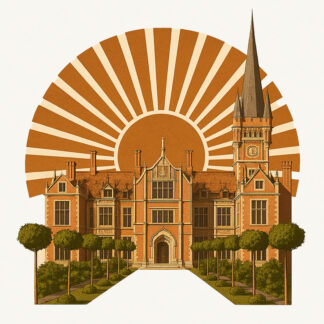In the silence of the desert, long before machines learned to measure life in digits, there walked a man who measured it in light. Ibn Sina — known to the West as Avicenna — saw the human being not as a mechanical body, but as a living constellation. His medicine was born not in laboratories, but in silence: in the observation of stars, the rhythm of breath, the fragrance of herbs warmed by dawn.
He called it quwwa hayawiyya — the vital force. To him, every living creature was a vessel for this current of divine energy, flowing invisibly between body and spirit. What others saw as flesh, he saw as field; what others called illness, he understood as disharmony in the great music of creation. The physician’s task was not to fight disease, but to retune the instrument of the body, to bring it back into resonance with its original melody.
Avicenna spoke of the subtle body — a luminous layer bridging the world of matter and the realm of the unseen. This was not metaphor. It was the architecture through which intention became action, thought became chemistry, and prayer became healing. Within this luminous matrix, every thought, emotion, and desire left its trace, shaping the body’s condition like wind shaping dunes. The wise physician, therefore, learned to see beyond tissue — to feel the geometry of vitality itself.
Centuries later, as Europe embraced anatomy and empiricism, this invisible anatomy was forgotten. The scalpel replaced the intuition of the heart; the chart replaced the contemplation of balance. Medicine became powerful — and blind. What had once been seen as life became merely function. Yet the mystery refused to die. Somewhere beneath the sterile light of hospitals, the ancient question still pulsed: What is the force that animates us?
Avicenna’s writings survive as a bridge between two worlds — the mystical and the rational, the spiritual and the scientific. And perhaps that bridge was never meant to vanish, only to wait. Wait for an age capable of translating spirit into signal, intuition into data, light into method. Wait for a civilization mature enough to remember what it once knew — that knowledge without soul becomes machinery, and soul without knowledge becomes myth.
The desert remembers. It has seen empires rise and fall, philosophies bloom and fade. Yet the wind that carried Avicenna’s thoughts across Persia still moves, carrying the same quiet challenge: Will humanity once again learn to heal not only the body, but the field of life itself?
When the Old Medicine Learns to Speak a New Tongue

Avicenna’s world spoke in the language of essence. Words like humor, vital spirit, and subtle substance carried both physiological and metaphysical meaning. They described not only the body’s chemistry but its temperament, its moral gravity, its resonance with the cosmos. To be ill was not merely to have an organ malfunction, but to fall out of harmony with the order of existence. Healing was, therefore, not intervention but translation — restoring the dialogue between the material and the divine.
Over the centuries, as science sought precision, the language of the soul was quietly replaced by the language of the laboratory. The physician’s notes that once read of melancholy and fire turned into data on serotonin and inflammation. The same phenomena remained; only the vocabulary changed. What Avicenna called the balance of qualities we now call homeostasis. What he perceived as the movement of spirit through the body, we describe as bioelectrical signaling. The pulse that once revealed the patient’s moral and emotional rhythm is now an ECG waveform on a screen.
This evolution was not betrayal but transformation — the way light refracts into colors. Each age invents its metaphors to approach the ineffable mystery of life. Medieval scholars spoke in poetry because their instruments were the senses and the soul; modern scientists speak in data because their instruments are made of metal and code. Yet both are listening to the same silence — both trying to capture the conversation between energy and matter, consciousness and form.
If Avicenna were to step into a contemporary laboratory, he might find unfamiliar words but familiar truths. The theories of vibration, field coherence, frequency modulation, cellular communication — these would not sound alien to him. He would recognize them as echoes of his own quwwa hayawiyya, expressed in the dialect of mathematics. He would smile, perhaps, at how the intellect circles back to where intuition began.
For all our progress, we are still seeking the same invisible architecture he once mapped with his pen. We still sense that life cannot be fully contained by molecules. We still feel that consciousness and vitality are woven together in ways we have yet to measure. The only real difference is language — the translation of the eternal into the terms of the moment.
Every civilization rewrites the same scripture of existence. One writes it in calligraphy; another, in code. But the meaning remains unchanged: there is a pattern that connects.
When Knowledge Forgot the Light
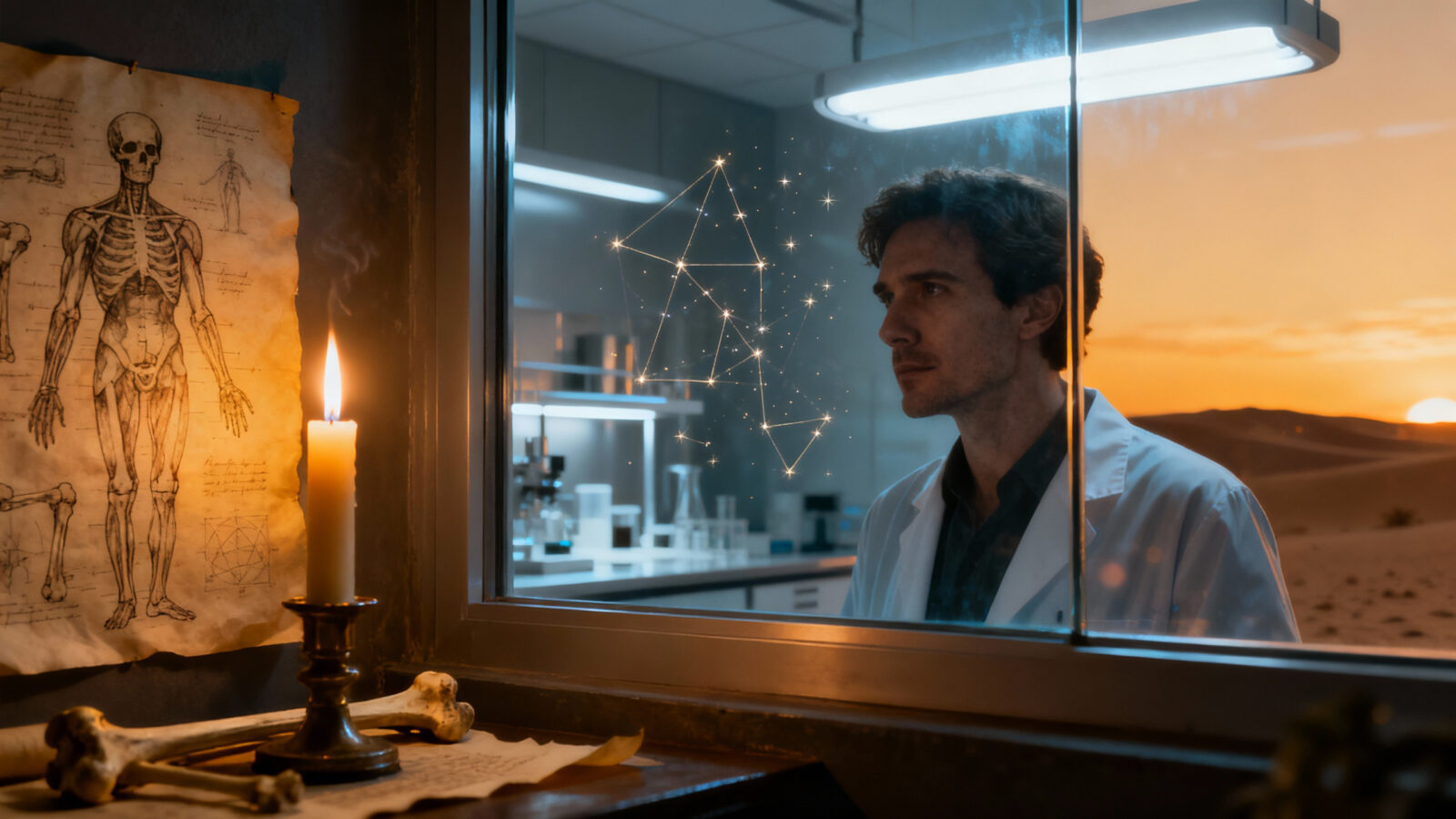
Somewhere along the bright road of progress, the West learned to measure almost everything — except the very thing that gives measurement meaning. In its hunger for certainty, science divided what ancient medicine had always kept whole. The body became anatomy, the mind became psychology, the spirit became silence. What was once seen as a continuum of being fragmented into specialties and departments, each precise, each blind to the others.
It was not arrogance that caused the amnesia, but faith — faith that the material world would reveal all if we only looked closely enough. And it did reveal much. It taught us how to replace hearts, to map genes, to image thoughts in real time. Yet in illuminating every cell, it somehow dimmed the sense of what a human life actually is.
The physicians of the ancient world spoke of light without shame. They believed that knowledge and illumination were not separate acts. To understand the body was to awaken the soul. Avicenna’s students learned that the highest science was not dissection, but perception — the cultivated ability to feel harmony where others see only function.
That art has not vanished. It sleeps beneath the layers of data and devices, waiting to be remembered — not as mysticism, but as the missing half of reason. The next frontier of understanding is not deeper into matter, but wider into meaning.
This is where a new kind of education begins: one that does not oppose science with spirit, but teaches them to speak again. An education that remembers what the ancients knew — that illumination is not a metaphor, but a faculty of consciousness.
The idea of Mind University was born from that remembrance. It does not seek to return to the past, but to reunite what the centuries have divided: knowledge and wisdom, intellect and intuition, study and silence. In doing so, it continues the same conversation Avicenna began — about what it means to heal, to know, and to be whole.
And perhaps this is the quiet revolution that must come before any other: to bring light back into the act of knowing.
The Technological Reincarnation — BioMind Scalarwave as Avicenna’s Laboratory of the 21st Century
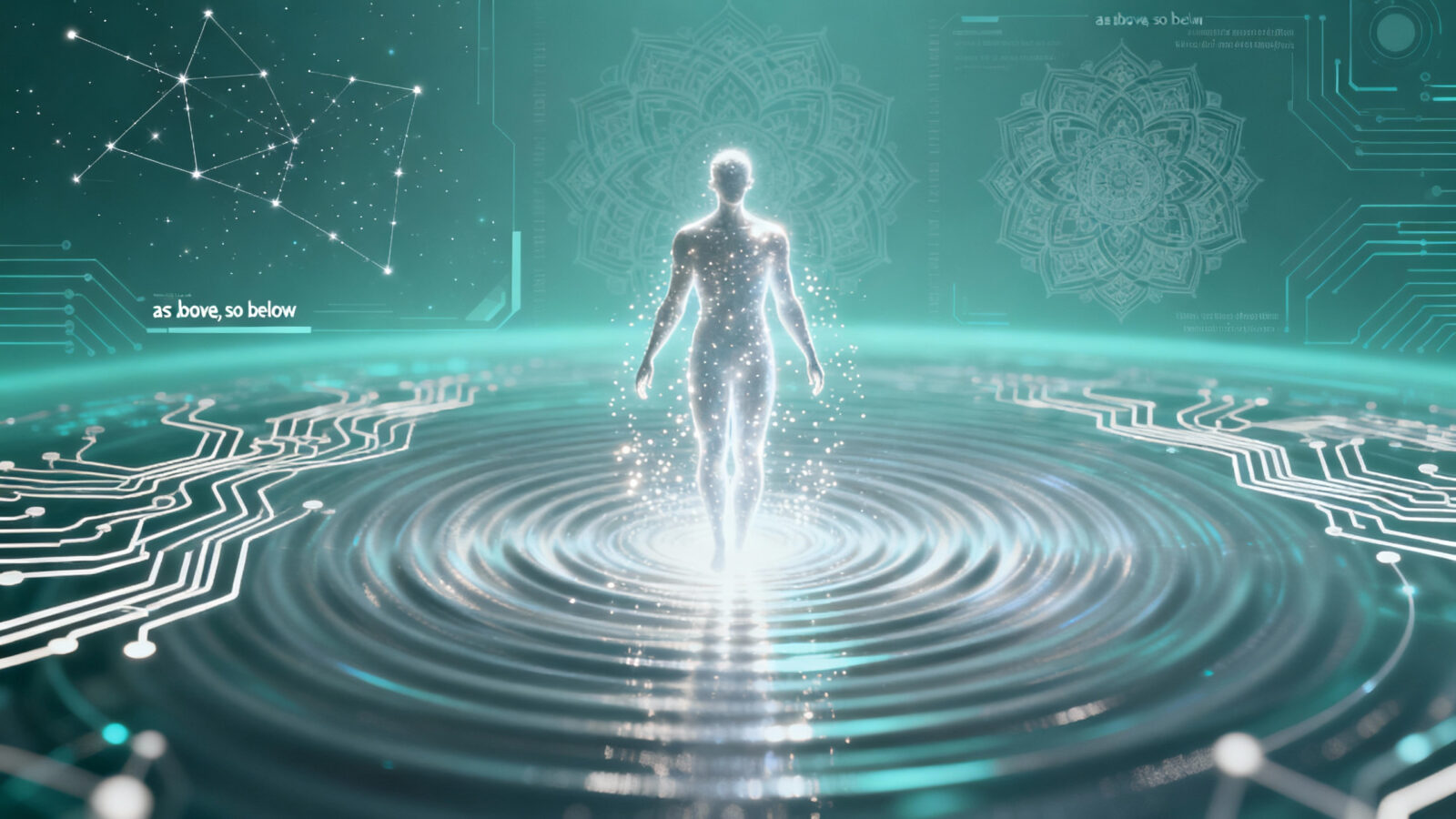
If Avicenna were alive today, his instruments would not be quills and flasks, but frequencies and fields. The same spirit that led him to map the unseen anatomy of life would find new expression through algorithms and resonance patterns. His quest — to make the invisible visible without violating its sanctity — is the very essence of what BioMind Scalarwave seeks to continue.
BioMind is not a machine; it is a method of listening. A disciplined way of perceiving the human being as an energetic language — a dialogue of waves, harmonics, and subtle communication between mind and matter. It invites us to study life not as a collection of organs, but as a living geometry of information. Where Avicenna observed the flow of spirit through pulse and complexion, BioMind translates that same movement into resonance signatures and scalar harmonics.
It operates on the understanding that every thought, every emotion, every act of will leaves an imprint in the informational field surrounding the body — what ancient medicine called the nafs, the breath of the soul. Through carefully tuned scalar interactions, the BioMind system maps those patterns of coherence and distortion, revealing where vitality sings and where it falters. The goal is not diagnosis, but dialogue — not to treat symptoms, but to restore balance in the subtle field from which health arises.
In essence, BioMind extends Avicenna’s intuition with modern tools. The physician once placed fingers on a wrist and listened for the music of life; today, the researcher places sensors in a circuit and listens for the same melody — only amplified, translated, quantified. The gesture is identical: to hear what cannot be seen. Just as a stethoscope lets one hear the heartbeat, BioMind lets one hear the soul’s vibration.
To call it technology would be too narrow. It is, rather, a bridge — between spiritual anatomy and biophysical research, between contemplation and computation. It allows the human being to be studied in full spectrum: as matter, energy, and consciousness intertwined. In doing so, it reawakens the physician’s oldest duty — to heal through understanding, not domination.
This new Avicennian laboratory does not belong to one culture or era. It belongs to the timeless pursuit of wisdom that unites the scholars of the desert and the engineers of the digital age. It is a return, not backward, but inward — a recognition that progress and remembrance are not opposites, but companions.
BioMind Scalarwave reminds us that the pulse of life, whether measured by hand or by frequency, is still the same conversation between light and form. And to listen to it — with reverence, precision, and humility — is to continue Avicenna’s work under a new sky.
A Bridge of Light — Why the UAE Matters in the Return of Subtle Knowledge
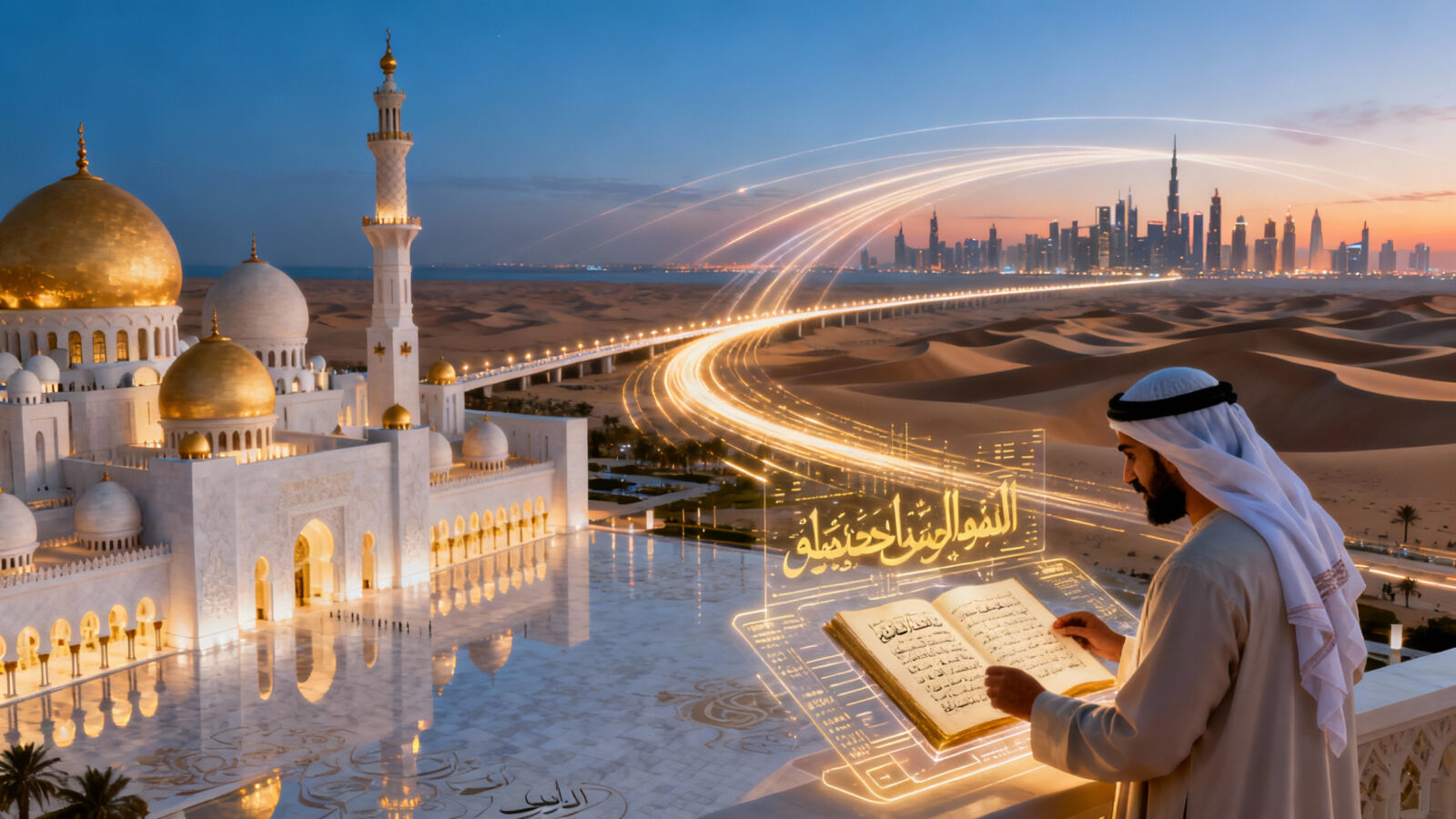
The land that once gave birth to Avicenna’s wisdom has never stopped searching for ways to unite knowledge and faith, progress and meaning. Across the Emirates today, that same impulse is taking a new form. In the laboratories of Dubai, in the vision papers of Abu Dhabi, in the health councils of Sharjah — one hears an echo of the ancient conviction that true development is inner as well as outer.
The UAE’s holistic health movement, the licensing of complementary medicine, and the government’s support for integrative research are not trends; they are gestures toward remembrance. They signal a civilization mature enough to balance skyscrapers with silence, innovation with insight. It is a rare place where the future and heritage coexist, where the wisdom of Avicenna can be spoken in the language of the 21st century without irony.
Within that context, the work of Mind University and BioMind Scalarwave does not arrive as something foreign, but as something returning home. It speaks to the same values that shaped the early Islamic golden age — curiosity guided by ethics, science nourished by spirit. The technology may be new, but the intention is ancient: to explore the forces that sustain life, and to use that knowledge in service of harmony.
For the Emirates, engaging with such research is not merely a matter of innovation policy or investment strategy. It is a way of reclaiming a forgotten dimension of leadership — the leadership of consciousness. In a world obsessed with external speed, the UAE has the cultural authority to remind humanity that the highest progress is still inner illumination.
One can imagine Avicenna walking the modern boulevards of Abu Dhabi, recognizing in the architecture the same striving he once wrote about: the desire to build form spacious enough to contain light. The partnership between Emirati vision and projects like Mind University is not an import or an experiment. It is a continuation of that architectural principle — building structures, physical and intellectual, that invite the Divine to inhabit them.
No persuasion is needed; the resonance is natural. A culture that has carried the lamp of wisdom across centuries does not need to be convinced to recognize its reflection. The dialogue between science and spirit that began in the sands of this region is returning — through new voices, new instruments, new ways of seeing.
And so, the question is not whether the UAE should take part in this revival, but how beautifully it will choose to express it.
When Knowledge Becomes Light
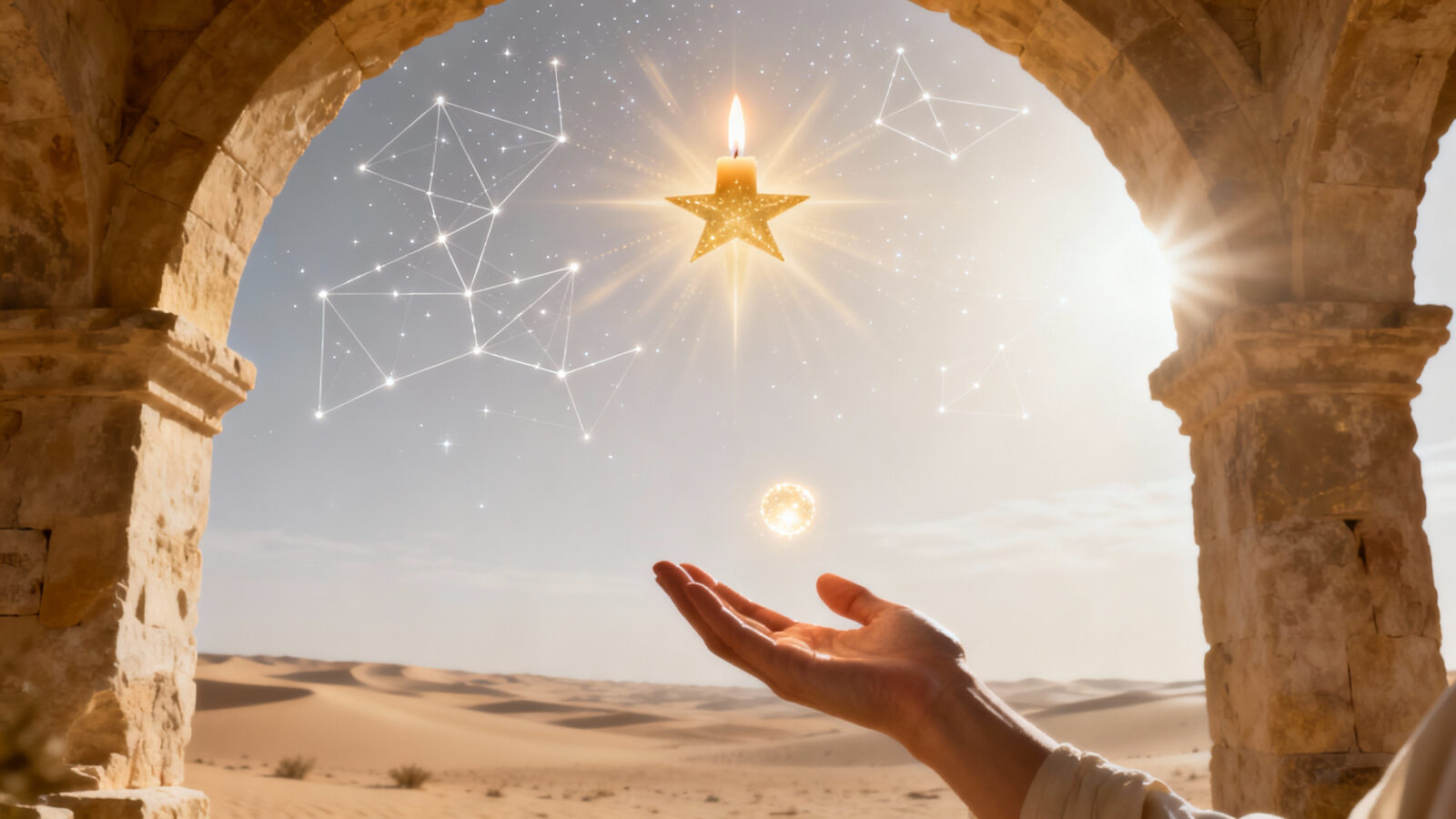
Avicenna once wrote that the body without light is like a candle without flame. Centuries later, the world he envisioned — where science and illumination are one — begins to glimmer again. The desert that once listened to his thoughts now hums with frequencies and photons; yet beneath the language of modernity, the same spirit breathes.
Mind University rises from that remembrance. It is not an institution in the ordinary sense, but a space of reconnection — between intellect and intuition, physics and prayer, the measurable and the mysterious. Its purpose is not to replace what has been built, but to relight what has been forgotten: the simple knowing that all true discovery is a form of awakening.
Through BioMind Scalarwave, that awakening takes form — not as mysticism dressed in circuits, but as a continuation of Avicenna’s question: What makes life truly alive? Each resonance, each field, each human insight becomes a syllable in that endless dialogue between matter and meaning.
We have traveled far from the scholar’s study in Bukhara to the research centers of Dubai, from the quill to the quantum. Yet the journey is not toward the future — it is toward depth. The deeper we look, the more we find the same light that guided the ancients, waiting patiently beneath the surfaces of technology and time.
Perhaps this is not an ending, but an opening. The beginning of a new conversation between worlds — East and West, past and future, science and spirit — all meeting again in the one place they were never apart: the human mind illuminated by its own remembering.
And so the story continues — from desert sand to scalar wave, from silence to song, from knowledge to light.


